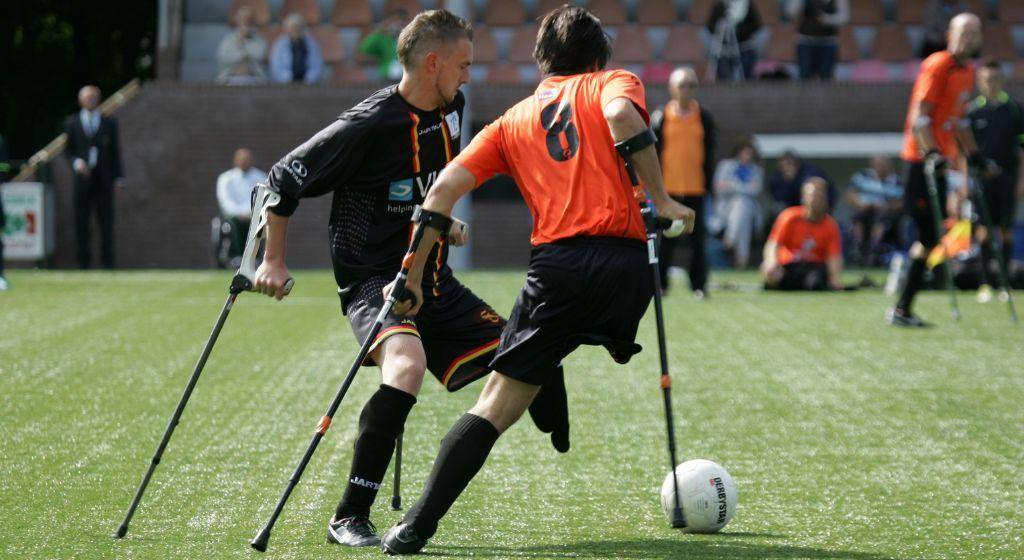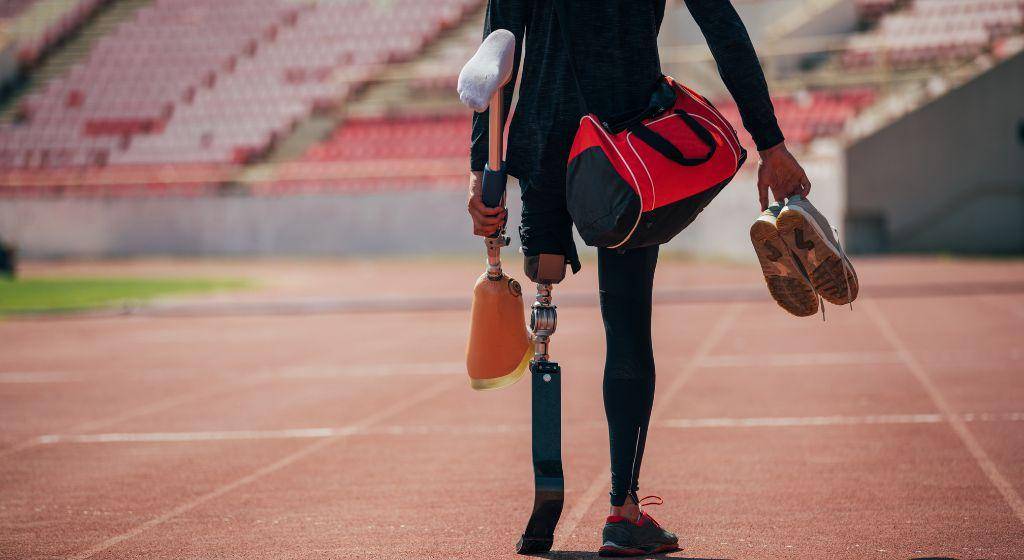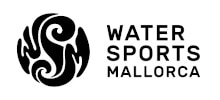The wind on your skin while cycling down a hillside, the adrenaline of fighting against the clock to make a basket, the thrill of riding a wave on a surfboard… For a long time, people with disabilities could not enjoy some of these sensations through sport, or suffered real complications to be able to practice them. This changed with sport adapted for people with disabilities.
Adapted sport is a sport that has been modified to enable people with disabilities, whether mental, motor or sensory, to participate in it. In a broader sense, Doll-Tepper defined Adapted Physical Activity as “all movement, physical activity and sport in which special emphasis is placed on the interests and abilities of people with limiting conditions or health problems of older people”. Some sports have modified their characteristics to suit the disabilities of their practitioners. An example of this would be 5-a-side football, which adaptation to enable blind people to play involves the use of an audible ball. Other sports, on the other hand, have been created from scratch taking into account the conditions of a group of people with disabilities. Boccia is one of them.
Types of adapted sport
Taking the sports played at the Paralympic Games as an example, we find the following disciplines:
- Athletics: for athletes with visual, physical, intellectual disabilities or cerebral palsy.
- Badminton: can be played standing up or in a wheelchair.
- Wheelchair basketball.
- Boccia: originating in Classical Greece, this curious sport consists of throwing balls around a court as close as possible to the white ball, which is the target, while trying to keep the balls of the other players away from it.
- Cycling: this can be with tandems, hand bikes or tricycles.
- Wheelchair fencing.
- Football-5: played by totally blind people.
- Goal-ball: for the blind and visually impaired, it pits two teams of three players against one another. They all have to defend their respective goals in a field marked out by tactile lines.
- Weightlifting.
- Equestrian: for athletes with limb impairment, mobility problems or visual impairment.
- Judo.
- Swimming: for athletes with visual, physical, intellectual disabilities or cerebral palsy.
- Canoeing.
- Rowing: for athletes with lower limb and/or trunk involvement.
- Wheelchair rugby.
- Taekwondo: for athletes with upper limb involvement.
- Table tennis.
- Wheelchair tennis.
- Archery: it can be practised standing or in a wheelchair, and the bow can be adapted or not.
- Olympic shooting: for athletes with impairments of the lower limbs, non-shooting arm, trunk or balance. The visually impaired also participate. It can be practised standing or in a wheelchair.
- Triathlon: can be practised standing or in a wheelchair.
- Sitting volleyball.
Water sports adapted for people with disabilities
At Watersports Mallorca we have a range of sports adapted for people with physical and visual disabilities, which you can consult here. There are sports such as swimming, diving or sailing that, with the right adaptation, can be accessible to people with disabilities.
Adapted sport competitions
Deaflympics
The first international sports competition for people with disabilities was the Deaflympics, created in Paris in 1924. Since then, every four years, thousands of athletes have come together to compete in groups and individually. Today, participants come from more than 100 countries, all with different hearing impairments but with a common passion for sport. The Deaflympics will return to the French capital next year to celebrate its brand new centenary.
Paralympic Games
The best-known of the three events we present here took place for the first time in 1960 inthe city of Rome. Before this competition, however, traditional athletes with disabilities had already participated in the Olympic Games. In 1904, George Eyser, Anton Heida and Edward Hennig won 14 medals between them despite their disabilities.
Like the traditional Olympic Games, the Paralympic Games are held every four years and follow the traditional Olympic Games. They are not restricted to one type of disability, but are contested by people with visual, physical and intellectual diversities. It will also be held in Parisin 2024 .
Special Olympics
This competition was first held in Chicago in 1968. They take place every two years, every four years in the case of the Winter Games, and involve athletes with intellectual disabilities. The next Special Olympics will take place in Berlin in 2023. The sporting spirit of the competition is embodied in its inspiring motto: “I want to win, but if I don’t, let me be brave in my attempt“.

Classification of adapted sport according to its functionality
Not all disabilities affect the performance of the discipline the athlete is involved in, but the athlete must be classified on the basis of his or her ability to move when performing the discipline. For example, the amputation of a hand will affect the performance of a cyclist, but not that of a marathon runner. Therefore, it would be correct to include it in an adapted cycling competition, but not in a marathon competition. This category will be determined by the classifier, who will assess the athlete according to his or her limiting disability.
Some figures on sport adapted for people with disabilities
According to the licences issued in Spain between 2016 and 2020, the numbers of members have experienced the following variations according to the type of disability:
- People with physical disabilities: the number has remained stable, although with a slight decrease, from 1,632 in 2016 to 1,608 in 2020. Most of them are in Catalonia, the Community of Madrid and Andalusia.
- People with mental disabilities: this figure has increased significantly, from 5,951 in 2016 to 9,347 in 2020. Most of them are in Catalonia and the Community of Madrid, followed by Castilla y León and Castilla-La Mancha.
- Sport for the blind: among athletes with this disability, the decrease has been significant, falling from 1,767 to 1,672, with the majority again concentrated in Andalusia and the Community of Madrid, followed by Catalonia.
- Deaf sport: decreased from 1,079 to just over half, only 562. All autonomous communities with federated deaf sportsmen and women except Andalusia are in well under 100.
- Sport for people with cerebral palsy and cerebral damage: this sport experienced a slight increase, from 1,324 to 1,340. Catalonia and the Community of Valencia are the communities with the most federated sportsmen and women, followed by the Community of Madrid.
Famous sportsmen and women with disabilities
Adapted sport goes beyond what a report or a statistic can measure. Adaptive measures not only make it easier for people with disabilities to enjoy sport, they also connect them with other athletes and fans and encourage them to challenge their limits and push themselves.
Natalie Du Toit
This South African swimmer was involved in a motorbike accident which resulted in the loss of her left leg at the knee. This unfortunate event did not prevent her from continuing not only to practise her favourite sport, but also to compete at the highest level. So much so that Du Toit has won 15 medals at the Paralympic Games and 7 at the Commonwealth Games, among other awards. But not only that, she can also boast of having qualified for the 2008 traditional Olympic Games in the open water category, where she was only 5.1 seconds behind the winner.
Teresa Perales
At the age of 19, swimmer Teresa Perales suffered a neuropathic condition as a result of which she lost mobility from waist to toe. Barely a year later, and without having swum professionally before, she began to compete. She is currently the Spanish woman with the most medals won at the Paralympic Games, with a total of 27. In 2012 she was the flag bearer of the Spanish delegation at the Paralympic Games, and in 2021 she received the Princess of Asturias Award for Sports, the first time an athlete with a disability has received this award.
Susana Rodríguez Gacio
The athlete Susana Rodríguez is an example of self-improvement. Born with albinism and a significant visual impairment, she participated in athletics competitions in which she failed to qualify for the Paralympic Games. This did not discourage her, but pushed her to try a new sport, triathlon, in which she would achieve success. After becoming European Adaptive Triathlon Champion 3 times and World Champion 4 times, she returned from the Paralympic Games in Tokyo in 2021 with a gold medal. In the same year she was on the cover of Time magazine for her fight against the pandemic, as this remarkable athlete is also a specialist in Physical Medicine and Rehabilitation.
Conclusion
Adapted sport goes beyond what a report or a statistic can measure. Adaptive measures not only make it easier for people with disabilities to enjoy sport, they also connect them with other athletes and fans and encourage them to challenge their limits and push themselves.





